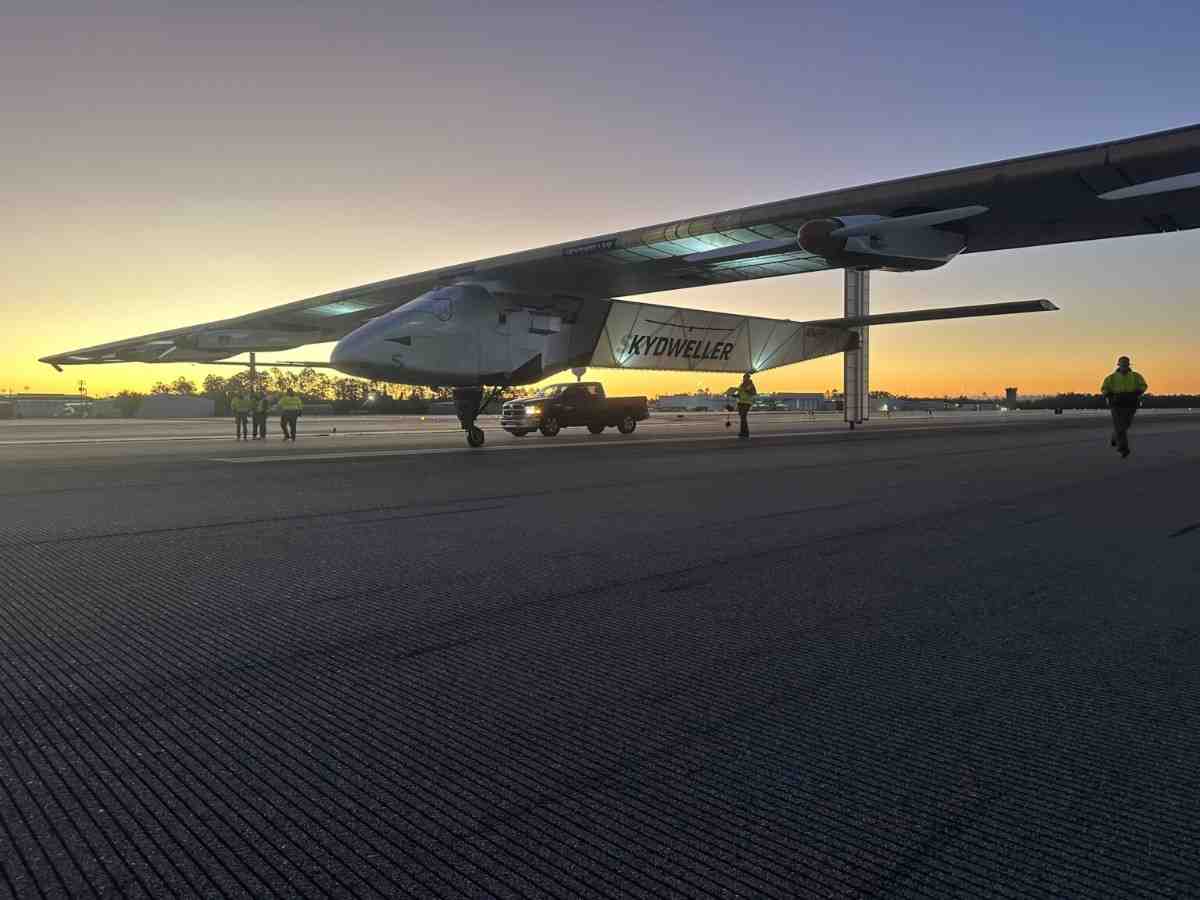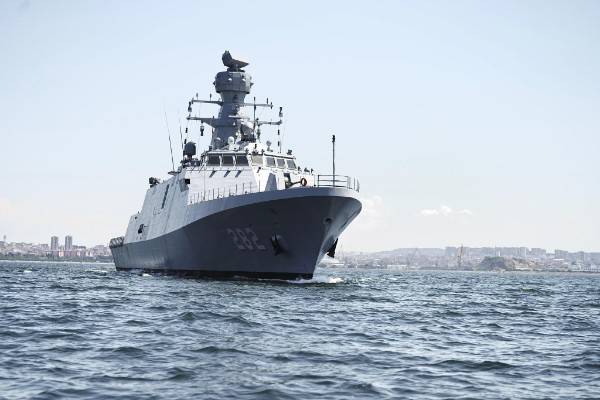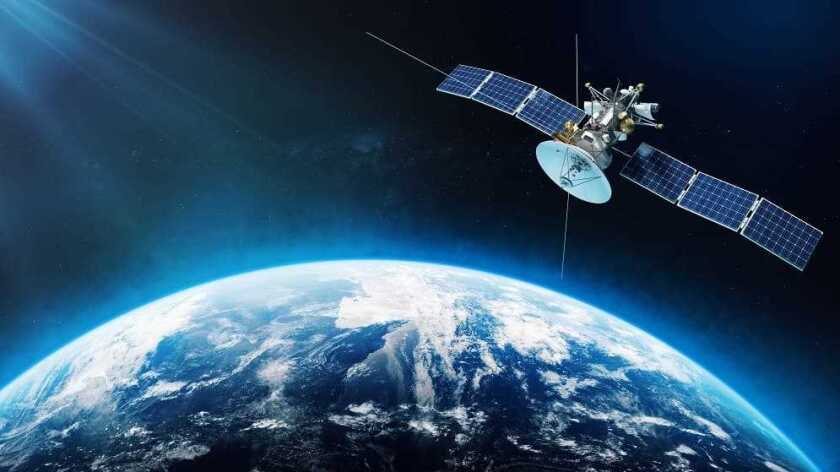The U.S. Navy and Skydweller Aero have completed a continuous 73-hour flight of a solar-powered UAS. The test was conducted from Stennis, Mississippi. This marks a major milestone in long-endurance intelligence, surveillance, and reconnaissance (ISR) capabilities. It was led by the Naval Air Warfare Center Aircraft Division (NAWCAD), demonstrating the operational potential of persistent airborne ISR. The platforms were powered exclusively by solar energy.
“This demonstration is a prime example of how NAWCAD partners with industry to deliver the fleet’s needs,” said Rear Adm. Todd Evans, NAWCAD Commander. “It also reflects the technical depth of our workforce and ability to translate ideas into capability.”
Read also: Indra Acquires Aertec DAS to Boost UAS Capabilities and Seize EU Defense Opportunities
The multi-day flight validated several performance benchmarks critical to future operational deployments. These included maintaining positive energy balance via solar power. As well as real-time autonomous decision-making, reliable communications, and resilience against turbulent weather. The success of these features proves the viability of solar-powered UAS for enduring missions. These missions cover vast maritime domains.
According to Bill Macchione, NAWCAD’s UAS lead, “Integrating Skydweller into the Navy’s ISR creates a layered network. This network maximizes the capabilities of all our assets. This collaborative approach ensures we have the right platform for the right mission. This will optimize our resources and enhancing our overall maritime domain awareness.”
Read also: Denmark Selects Diehl Defence’s IRIS-T SLM for Interim Air and Missile Defense Capability
Skydweller’s solar-powered design allows it to loiter over a target area for days or weeks at a time. This is deal for persistent surveillance missions. This capability supports U.S. Navy efforts to expand ISR coverage. And this happens without overtasking high-value, short-endurance platforms. The system also enables ISR over regions where stationing conventional assets is challenging.
Since 2020, NAWCAD has worked in support of U.S. Southern Command (SOUTHCOM). They explored solar UAS applications through experimentation with Skydweller. This includes monitoring activities related to drug trafficking and border surveillance. It also includes maritime domain security. These operations frequently demand long-duration flights over remote areas. These conditions well suited to solar-powered aircraft.
Further testing is scheduled later this summer within SOUTHCOM’s area of responsibility. The Navy continues to evaluate Skydweller’s role in layered surveillance operations. The demonstration underscores a growing emphasis on integrating clean energy technologies into defense operations. Therefore, enabling persistent ISR capabilities while reducing logistical footprints.
Table of Contents
ToggleJaveria Sajid
Javeria Sajid is an Aerospace Engineering student from NUST with a background in technology and a sharp focus on the global political landscape and defence innovation. She writes to make complex defence technologies understandable, and aspires to bridge journalism, policy, and engineering in her work.












